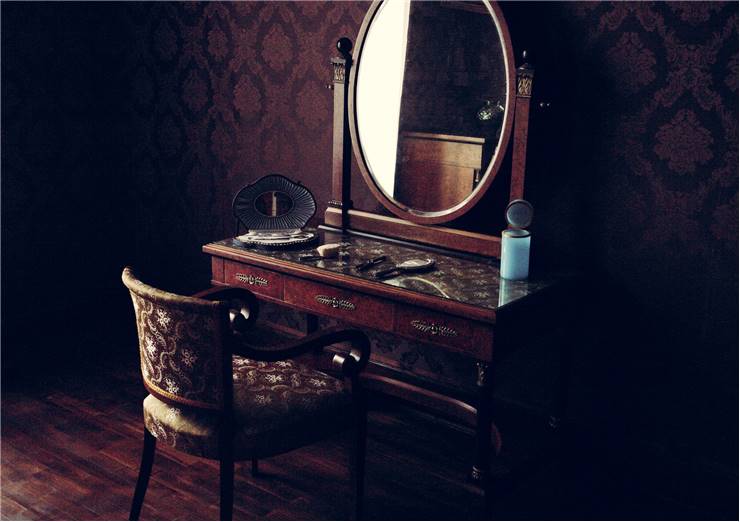Different Types of Mirrors
Notable Types of Mirror by Manufacturing
Ancient mirrors – The for over 7 thousand years mirrors were made from whatever materials were able to be polished to the high reflective state. Initially, the most common mirrors were made from polished obsidian stones (naturally occurring black volcanic glass) around 6000 BC, while later techniques involved polishing of copper, stone, bronze, various alloys and even gold was used all up to 1st century BC. Roman inventors were first one to discover the technique of applying the thin coating of lead over the blown glass.
Medieval mirrors – Medieval engineers were first who seriously tackled the problem of mirror making, with greatest efforts being made in the Middle East. Lebanon was the first country where metal-coated mirror glasses started to be made in 1st century AD, with many more experiments later on being made on parabolic, concave, convex, cylindrical and spherical mirrors. 5th century China was the home of some of the first silver-mercury silver coatings on mirrors. That secret of mirror making eventually arrived in Venice, where a new industry of European mirror making was born. Extremely expensive mirrors from Venice were sold across Europe to nobility until the secret of their production was discovered through industrial espionage. Large producers of glass after Venice were Saint-Gobain factory in France, Bohemia, and Germany.

Silver glass mirror – First modern silver coated glass mirror was created by the famous German chemist Justus von Liebig (today known as the “father of modern organic chemistry") in 1835. Advanced model based on the mixing of silver nitrate and sugar and coating a very small layer of it on a glass surface. The resulting mirror was totally blemished free and was so reflective that was used not only all around the world as one of the cheapest and most safest mirrors produced up to that point (Venetian mercury-based were harmful to health, especially in mirror factories) in telescopes and similar scientific devices.
Aluminium glass mirror – Made by vacuum coating glass using aluminum powder and two additional layers of waterproof protective paint.
Low aluminum glass mirror – Similar like an aluminum mirror, but a lower amount of aluminum provides clearer and smoother reflective image that is needed for specific purposes such as art presentations and exhibitions where precise color and light representation is required.
Safety glass mirror – This type of mirror is created by adding layer of protective film across the glass surface. This prevents glass from breaking into large and sharp pieces, protecting the users from heavy injuries in the events of the mirror being shattered. Safety mirrors are often placed in public places, furniture, doors, large glass walls and others.
Silkscreen printed glass mirror – This very durable (both in age and resistance against elements) type of glass is created by adding inorganic color ink on the glass substrate, creating any type and form of pattern that buyer wants. Mirrors created this way are usually used as decorative objects that are part of furniture or objects such as doors, table tops, windows, and more.
Types of Mirrors by Their Application:
- Personal grooming mirrors – Bathroom mirrors, portable mirrors
- Safety mirrors – Car rear-view mirrors, road junction convex mirrors
- Medicine mirrors (dental mirror)
- One-Way mirrors
- Signaling mirrors
- DLP television and projector mirrors
- Solar power mirrors
- Scientific mirrors - Various types of mirrors used in astronomy and other scientific fields.
- Face-to-face mirrors - infinite mirrors
- Light distribution mirrors – Used to bring light inside darkly lit areas, or to enhance lighting in greenhouses or conservations. They are also known as “seasonal lighting” mirrors.
- Architecture glass mirrors – Often highly reflective glass that is used on skyscrapers whose entire exteriors are covered in reflective surfaces.
- Decorative mirrors
- Entertainment mirrors - Disco balls, kaleidoscope mirrors, mirror mazes, halls of mirrors, various distorting mirrors used in amusement parks.
- Art mirrors – Mirrors are also used heavily in all forms of fiction such as literature, sculptures, paintings, and movies.
